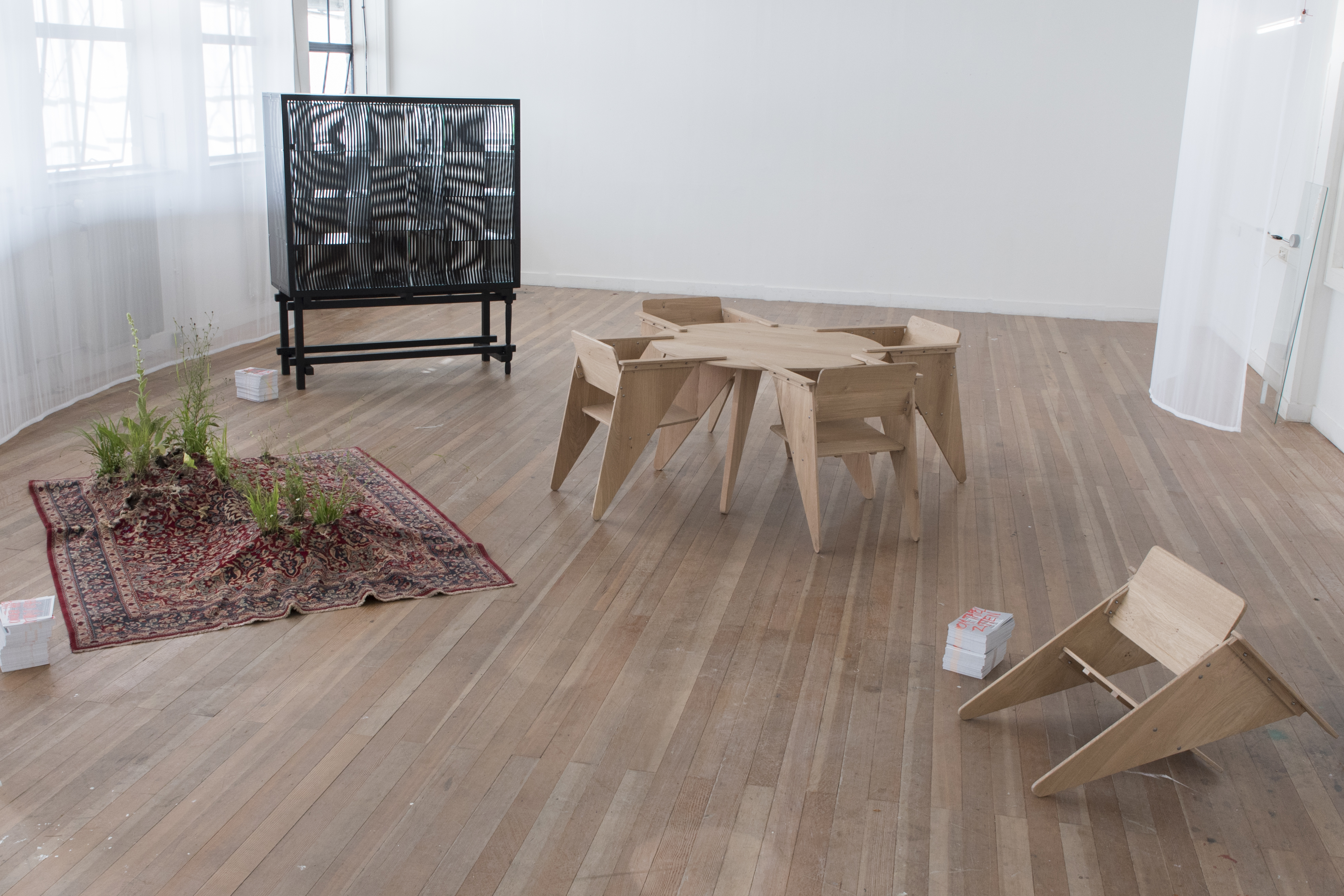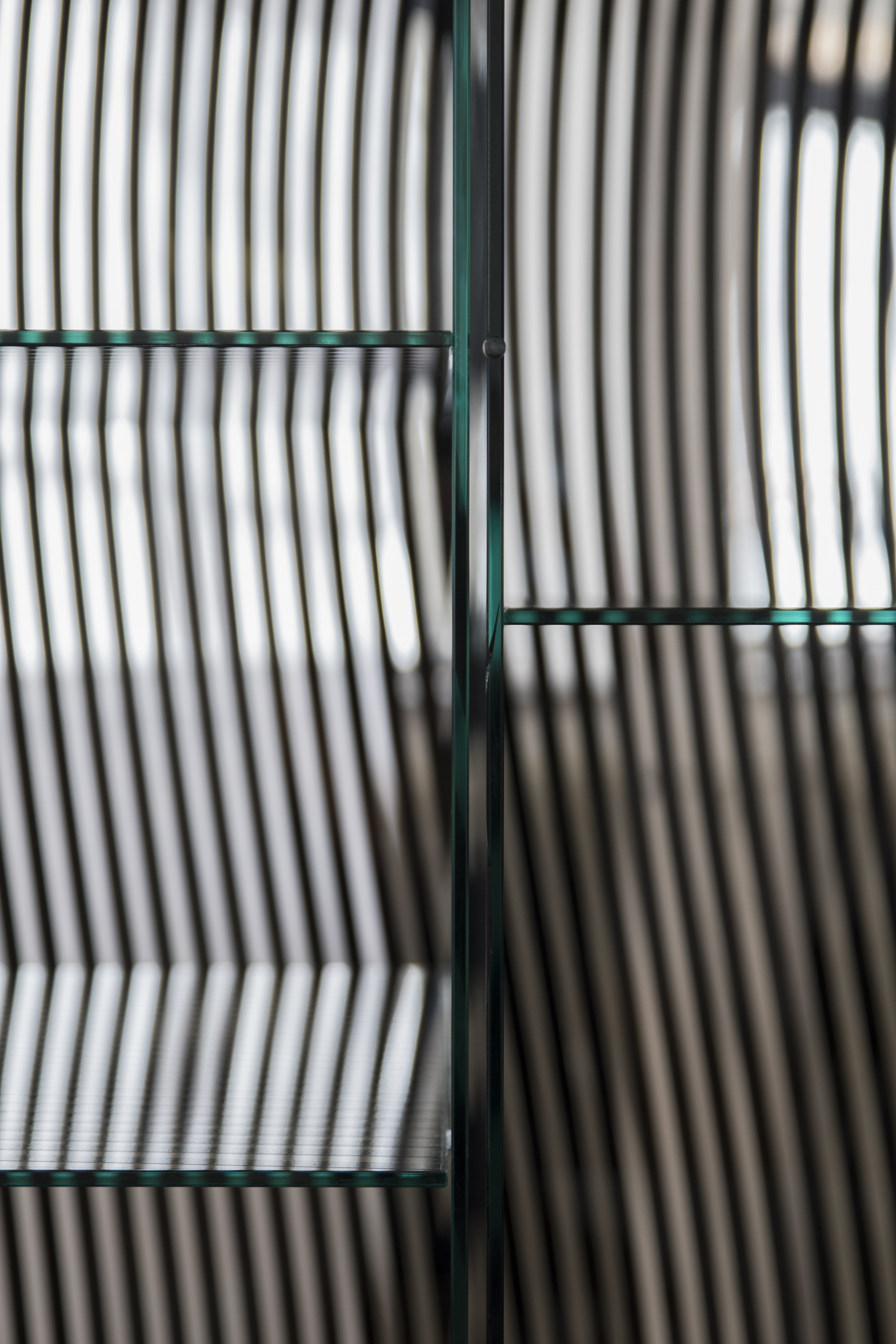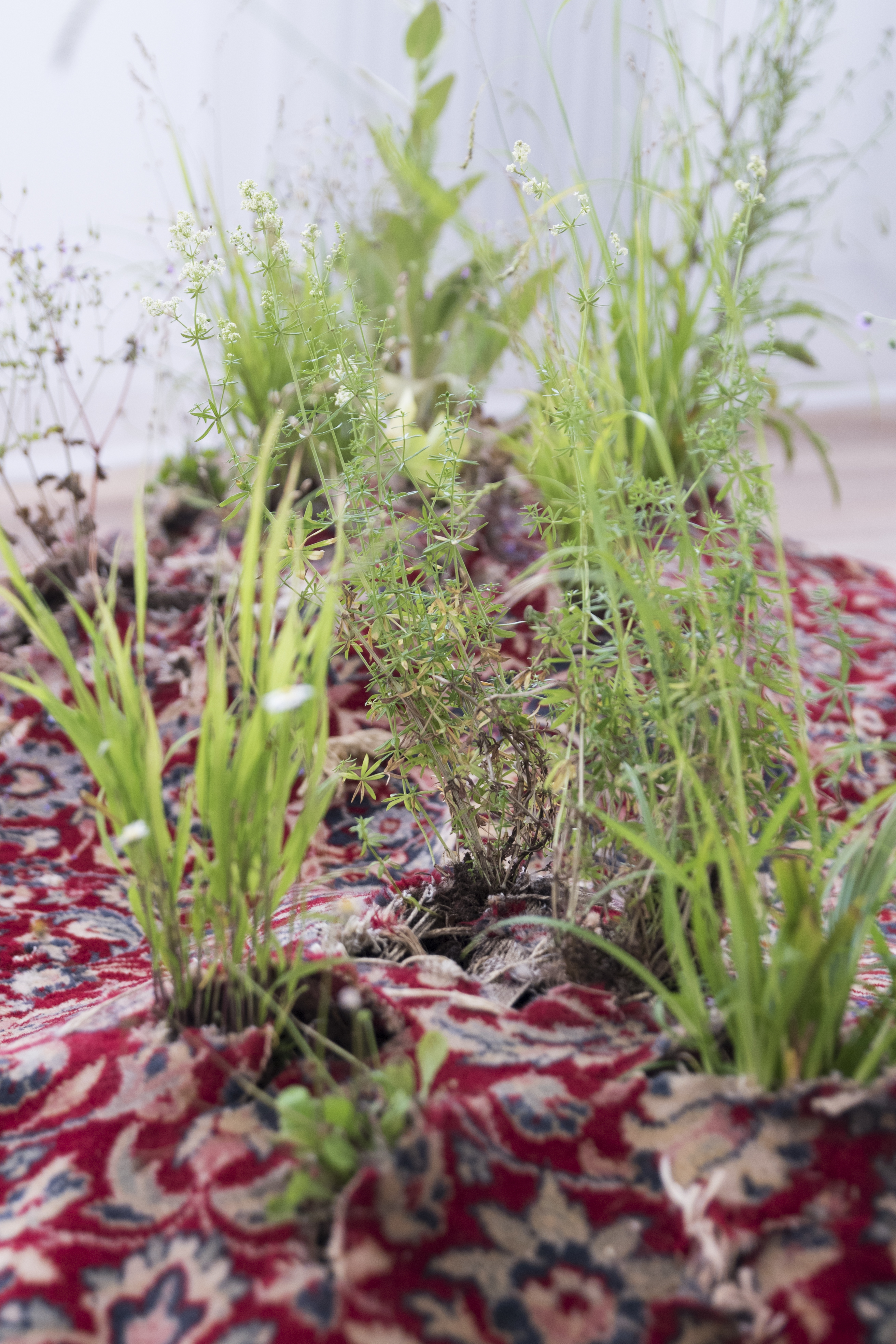
OBJACT (2019)
:THE COLLECTION
“We feel growing unease when people misuse the freedom we have here, even though they came to this country because of this freedom. These people do not want to adapt, they reject our habits and reject our values; harassing gays, catcalling women in short skirts and calling regular Dutch people racists. I definitely understand the people thinking: If you reject our country so fundamentally, I'd prefer you to leave. I have that feeling too. Act normal or go away.”
- Mark Rutten, Current Prime Minister NL
In Mark Rutte’s text, ‘normal’ is an attempt to unite the country behind a shared self-image. But it is also a means to cast away what is not considered normal. In his case, the immigrant. ‘Normal’ becomes a social and bodily orientation, given that some bodies will be more at home in an environment that is orientated around being Dutch.
OBJACT consists of archetypical domestic objects, acting or objecting to the concept of normalization, which is deeply rooted in Dutch culture. The properties we have collectively attributed to objects are revealed through Dutch idioms, expressions and sayings. The collection, in response, aims to shape, merge, and overturn these familiar connotations, allowing the object itself to act. OBJACTS demonstrate ‘the normal’ back ourselves, showing that - for the past centuries - ‘the abnormal’ has always been present in the comfort of Dutch social life it was just hidden away in a closet, swept underneath a carpet, or not being seated at the table.



OBJACT
Object (noun):
Object (verb):
Act:
OBJACT:
: OM TAFEL ZITTEN
Object (noun):
Table & Chair
Object (verb):
To the gathering of ”normal” bodies.
Act:
The table is assembled around the support it gives. It encourages sedentary, stable activity and the gathering of bodies.
OBJACT:
‘OM TAFEL ZITTEN’ shows that being normal is about the support that bodies get. To be normal is to be comfortable in your seat: the seat supports your body and the position it takes up at the table. Being “abnormal” is to be unseated, or having a seat but not getting the support of the table.
Normalness is about our capacity to use objects, how they are within reach as objects we do things with. To take up space is to be given a seat at a table, which allows the body to be occupied in a comfortable way.
This OBJACT literally brings your position on the table, questioning who is able participate in the discussion in the first place.
OBJACT
Object (noun):
Object (verb):
Act:
OBJACT:
:EEN LIJK IN DE KAST
Object (noun):
Cabinet
Object (verb):
To the ‘normal’ reading of colonial history.
Act:
To show, to hide and to keep things; a cabinet simultaneously reveals and conceals. The Dutch cabinet (Hollands Kabinet) represents pride and contains treasures, valuables and personal archives.
OBJACT:
‘EEN LIJK IN DE KAST’ questions the Dutch reading of history by retracing the colonial residue engraved within the cultural object that is the Dutch Cabinet (Hollands Kabinet).
Dutch Cabinets are seen as statement pieces containing heroic treasures. But they also narrate how Dutch domestic life has been entangled with the colonial project, being made from tropical wood and containing stolen objects from former colonies.
This OBJACT shows that for the past four centuries, elsewhere has always been present in the comfort of Dutch domestic life, but we just ordered and classified it in such a way that distortion would occur.









OBJACT
Object (noun):
Object (verb):
Act:
OBJACT:
:ONDER HET TAPIJT VEGEN
Object (noun):
Carpet
Object (verb):
To the Dutch tolerant, progressive self-image.
Act:
Carpets were originally reproductions of gardens symbolizing the whole world that comes to enact its symbolic, happy, universalizing perfection. It represents a harmonious whole.
OBJACT:
‘ONDER HET TAPIJT VEGEN’ objects to the use of progressiveness, the picture of a harmonious whole, in order to brush off claims of racism, sexism, homofobia and other social problems. We see ourselves as a progressive country, but in reality, ‘the abnormal’ is still very much under pressure on a day to day basis.
What has been underneath the carpet, is starting to flourish, breaking open the harmonious cover-up.
Photography: Hanna Burgers
Art Direction: Pien Post
Art Direction: Pien Post
